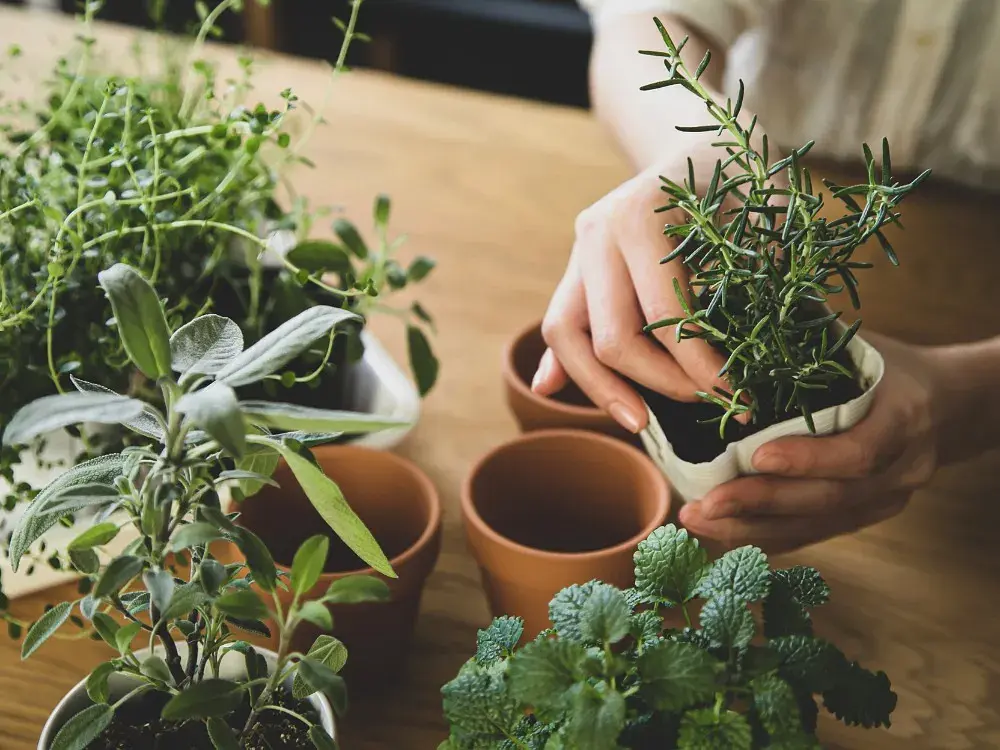2024 Best Purifying Indoor Plants for Hong Kong
Listen to the blog audio:

Indoor plants not only enrich our home environments but also significantly contribute to enhancing our quality of life. These plants beautify spaces, help purify the air, and are even considered in Feng Shui to attract wealth and prosperity. This article recommends plants suitable for indoor cultivation in Hong Kong, explores the preferences of green and flowering plants, their optimal placements, and addresses common questions for beginners.
Popular Indoor Plants and Optimal Plant Spots
In Feng Shui, plants are believed to influence the fortunes and energy of a residence. Choosing the right plants can boost positive energy in the home.
- Peperomia: Known for its ability to absorb indoor pollutants, it's ideal for placing in study rooms or living areas to enhance vitality. Peperomia varieties are plentiful, featuring beautiful leaves and requiring minimal sunlight, making them easy to care for.
- Dracaena: Also known as "Lucky Bamboo," symbolizing wealth and prosperity. It effectively removes formaldehyde from the air and is perfect for offices or home entrances.
- Sansevieria (Snake Plant): Known as "Mother-in-Law’s Tongue," renowned for its shade tolerance and air-purifying properties. It absorbs carbon dioxide and releases oxygen at night, making it suitable for bedrooms.
- Pothos (Golden Pothos): An excellent air-purifying plant that absorbs various indoor pollutants. Its leaves resemble coins, and its vine growth symbolizes expanding wealth, making it ideal for bright living rooms. Its vining nature makes it a perfect choice for decorating walls or shelves.
Flowering Plants That Purify the Air and Add Colors
Indoor plants not only purify the air, absorbing harmful gases and increasing indoor oxygen levels but also create a healthier environment for residents.
- Peace Lily (Spathiphyllum wallisii): Recognized by NASA for its air-purifying properties, it can absorb a variety of chemical impurities, ideal after new home renovations.
- Hoya: Its flowers emit a fragrance that can alleviate stress, bringing a fresh scent to indoor spaces.
- Lipstick Plant (Aeschynanthus pulcher): Its vibrant flowers beautify indoor environments and also purify the air.
- African Violets: Compact and colorful flowers ranging from purple to blue and pink, thrive in low-light indoor environments and are relatively easy to care for, blooming throughout the year.
- Hyacinth: Dense, fragrant flowers in shades of pink, purple, and white can successfully bloom indoors, adding a natural fragrance to the home.
- Oncidium: Also known as "Golden Shower Orchid," famous for its small golden flowers, full blooms, and longevity. It requires high humidity and indirect light, suitable for Hong Kong's humid climate.
Expert Tips for Indoor Plant Care
Like humans, plants need a suitable environment and careful attention. Most indoor plants do not require frequent watering or strong sunlight. Here are three key points for beginners:
- Watering Frequency: Most plants prefer to be watered after the soil dries out. Overwatering can cause root rot. Follow the principle of "better dry than wet."
- Fertilization Needs: Most indoor plants require fertilization once a month; use slow-release fertilizers to prevent over-fertilization.
- Growth Environment: Maintain appropriate temperature and humidity, and choose suitable locations based on plant preferences, such as windowsills or artificial plant lights for flowering plants.
How to Deal with Yellowing Plant Leaves?
Yellowing of plant leaves can be caused by various factors. Here are some common reasons and their corresponding solutions:
- Overwatering or Poor Drainage: Check if the soil is too wet or if there is standing water at the bottom of the pot. Improve the drainage system and reduce the frequency of watering.
- Insufficient Watering: If the soil is too dry, the plant may be dehydrated. Increase the watering amount but avoid overwatering.
- Nutrient Deficiency: Yellowing leaves may indicate a lack of certain nutrients. Apply appropriate fertilizers to replenish the nutrients needed by the plant.
- Inappropriate Light Exposure: Too much or too little light can cause leaves to turn yellow. Adjust the plant's position to ensure it receives the right amount of light.
- Pests and Diseases: Yellowing can also be caused by pests or diseases. Check for signs of pests or diseases and take appropriate preventive measures.
How to Prevent Mosquitoes in Indoor Plants?
To prevent mosquito issues with indoor plants, consider the following measures:
- Maintain Plant Hygiene: Regularly clean the plant leaves and remove fallen leaves from the pot to reduce hiding spots for pests.
- Appropriate Watering: Avoid overwatering and ensure the soil does not remain excessively wet for long periods.
- Use Natural Insect Repellents: Natural materials like lemon peel or chili water can be used to prevent and repel insects.
- Regular Inspections: Frequently check plants for signs of pests or diseases and address them promptly.
- Improve Ventilation: Ensure good air circulation around the plant area to reduce humidity and decrease the chances of pest problems.
Why Are My Plants Not Flowering?
Plants may fail to bloom due to several reasons:
- Inadequate or Excessive Light: Ensure that plants receive the proper amount of light, neither too much nor too little.
- Unsuitable Temperature: Temperature significantly affects plant flowering. Maintain the temperature within the range necessary for your plants.
- Nutrient Imbalance: Excessive nitrogen can lead to lush growth but no flowers. Apply a balanced fertilizer.
- Improper Water Management: Inappropriate water conditions can affect flowering. Maintain an adequate water supply.
- Plant Age: Some plants need to reach a certain age or size before they can bloom.
- Dormancy Period: Some plants have a specific dormancy period during which they do not bloom.
LetsGetHome: Your Affordable Hong Kong Rental Helper
In addition to enhancing your home with plants, consider maximizing your living space through smart, commission-free rental solutions offered by LetsGetHome. If you're looking to rent an affordable property in Hong Kong, this platform simplifies the process, connecting tenants and landlords directly for a hassle-free experience. With professional services available for those who need them, LetsGetHome ensures a high-quality rental experience at a fraction of the cost. , get your ideal apartment in Hong Kong.
